Introduction
In downtown Montreal, the historic Sainte-Catherine Street West, along with Phillips Square and Place du Frère-André, holds a significant place blending the city’s past and present. Over the years, architects from around the world have left their mark on this iconic street, shaping an architectural heritage rich in contrasts. Recognizing the importance of preserving its unique identity, urban redevelopment efforts have sought to revitalize the area, enhancing economic vitality, user experience, and mobility while celebrating its historical significance.
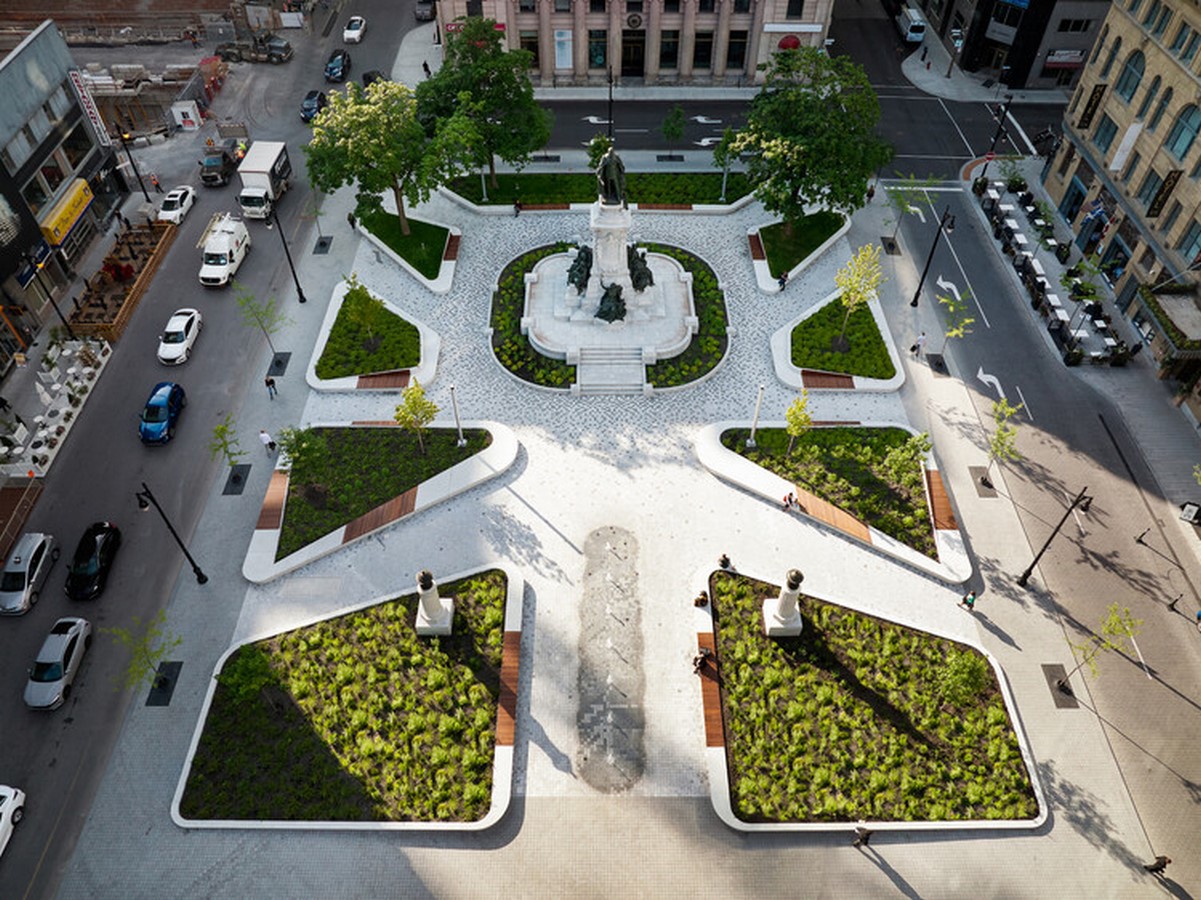
Urban Redevelopment
The redevelopment plan focuses on transforming Sainte-Catherine Street into a pedestrian-friendly environment, reducing the dominance of cars and emphasizing spaces for people. Street parking has been eliminated, and sidewalks widened, creating a linear plaza that connects various public spaces and historic buildings. Bronze plates embedded in the street serve as markers, highlighting the area’s grand department stores and commercial landmarks, symbolizing its storied past.
Enhanced Public Space
The newly laid pavement features modular paving with varying shades of grey, delineating pedestrian zones from vehicular lanes. This design ensures safety while maintaining a cohesive public space. Phillips Square, a significant part of downtown Montreal’s history, has been revitalized with expanded sidewalks, lush greenery, and improved sightlines. The monument to Edward VII, a focal point of the square, is now accentuated with new lighting and integrated urban furniture.
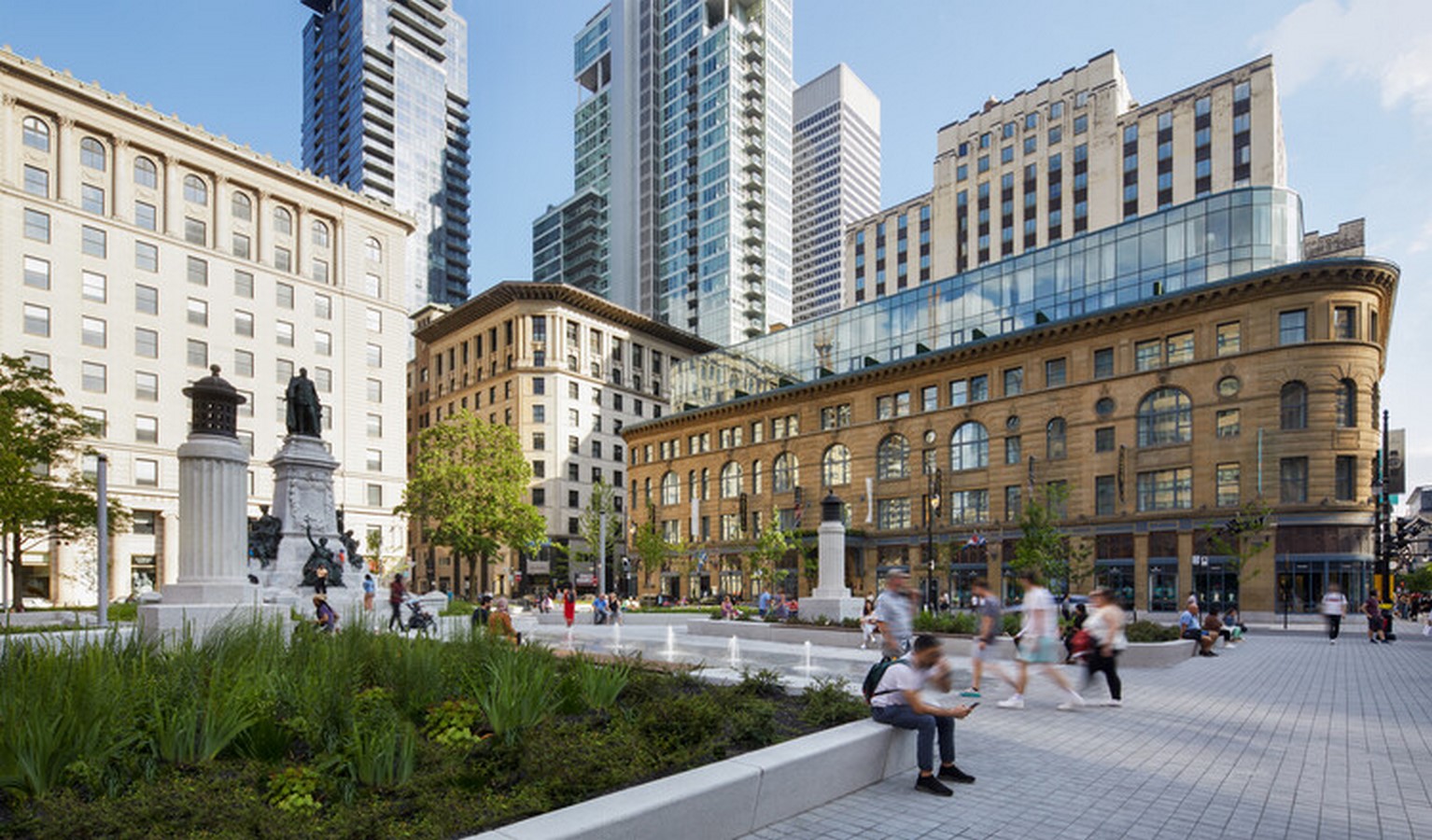
Greening Initiative
A key aspect of the redevelopment is the significant increase in greenery, enhancing the pedestrian experience and promoting sustainability. The project introduces more trees, increasing vegetation by 46% and planting a variety of tree species selected for their resilience and ability to thrive in urban environments. Victorian-inspired flowerbeds complement rougher plantings, creating a vibrant oasis reminiscent of English garden design.
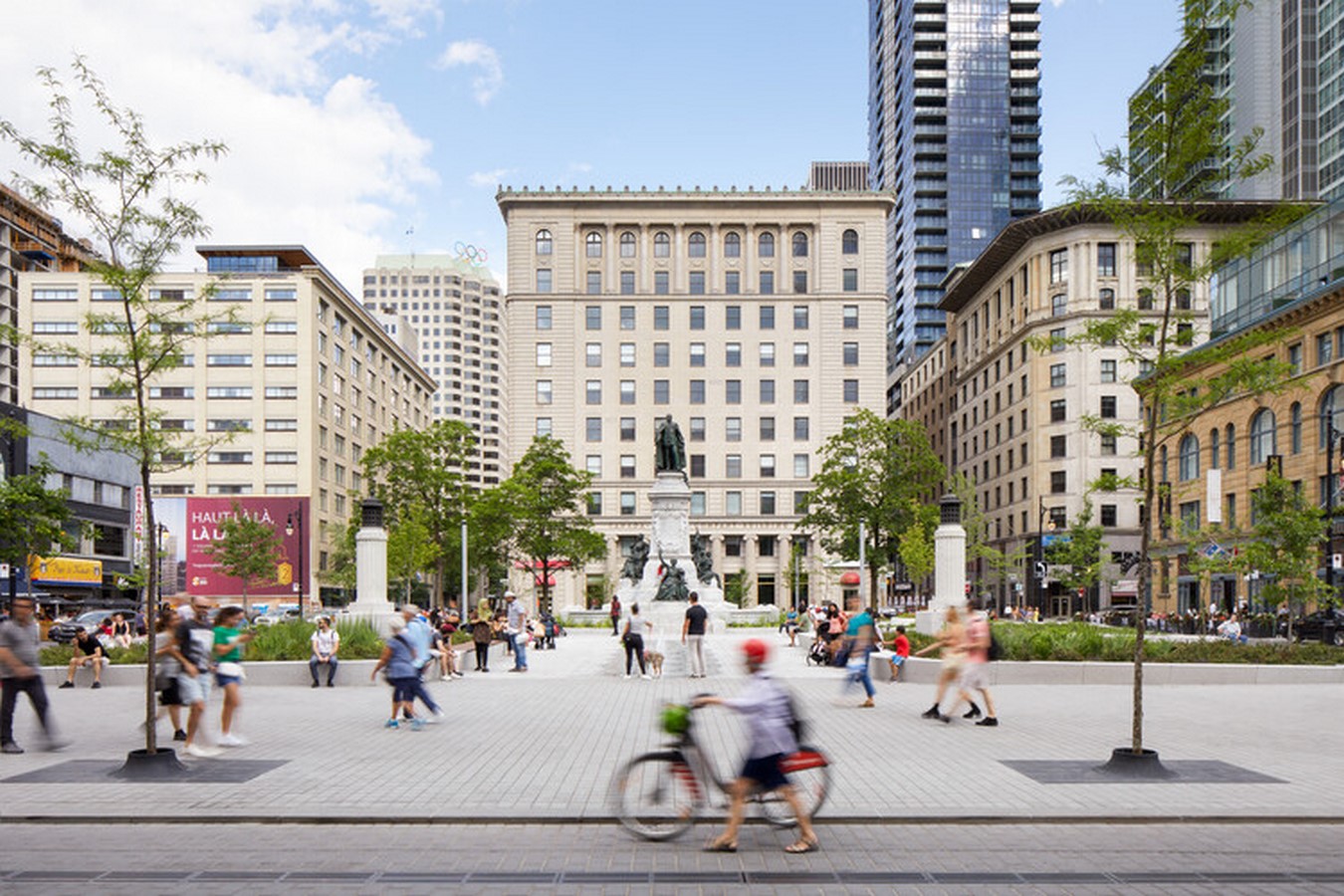
Sustainability Measures
In addition to enhancing green spaces, the redevelopment incorporates various sustainability measures. These include low-level irrigation systems for flower beds, the reuse of runoff water, and the implementation of recirculated water systems. Locally sourced, reflective materials are used to mitigate heat island effects, while LED lighting helps reduce light pollution, ensuring a sustainable and environmentally conscious urban realm.
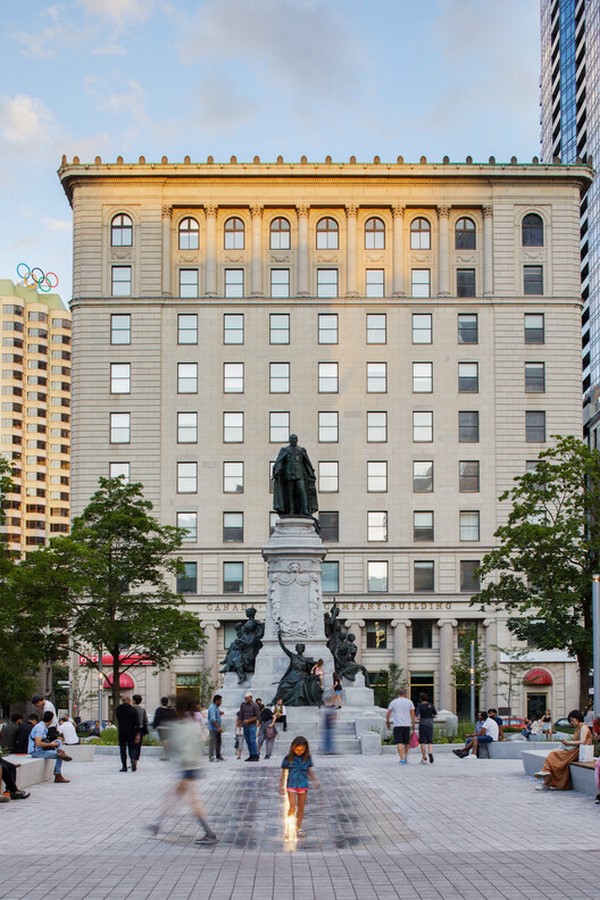
Conclusion
The revitalization of Sainte-Catherine Street West and Phillips Square represents a harmonious blend of historical preservation, urban renewal, and sustainability. By prioritizing pedestrian-friendly design, enhancing green spaces, and implementing sustainable practices, the project not only celebrates Montreal’s architectural heritage but also creates a vibrant and resilient urban landscape for generations to come.


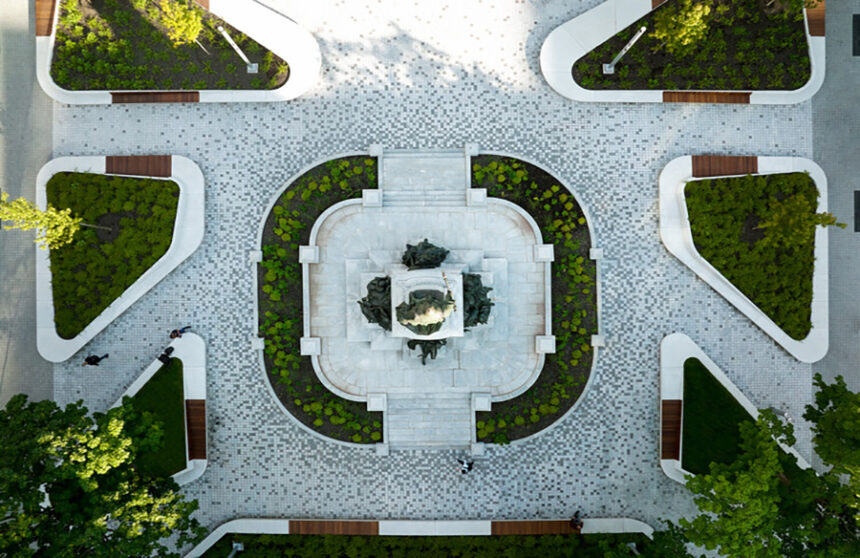
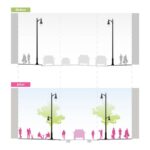
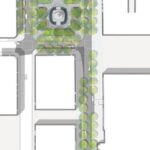


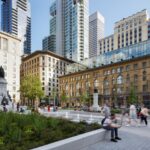
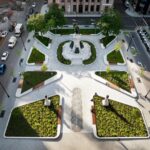

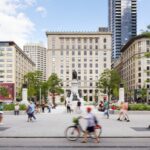
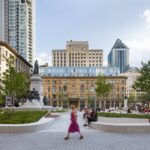

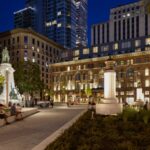
Leave a Reply